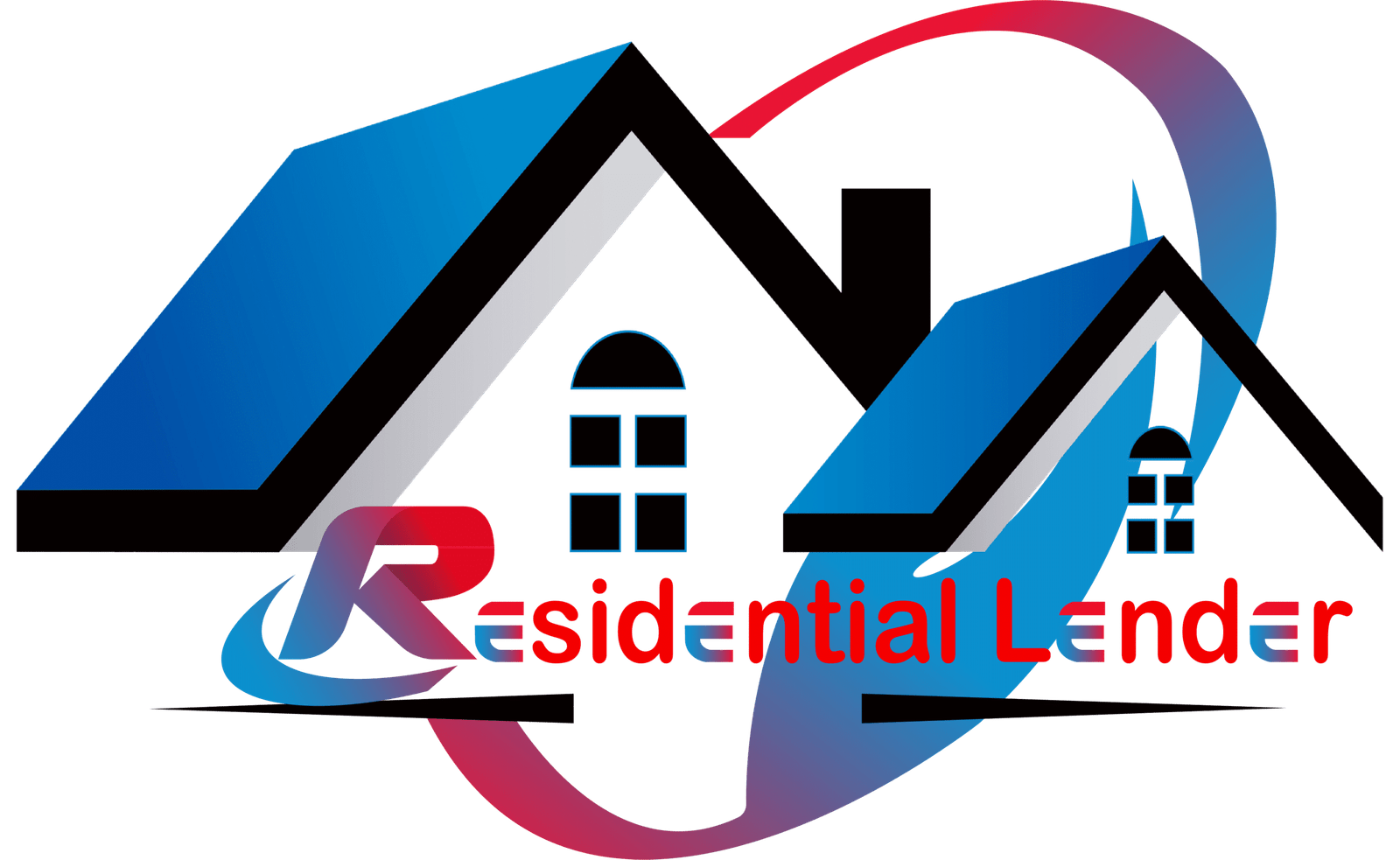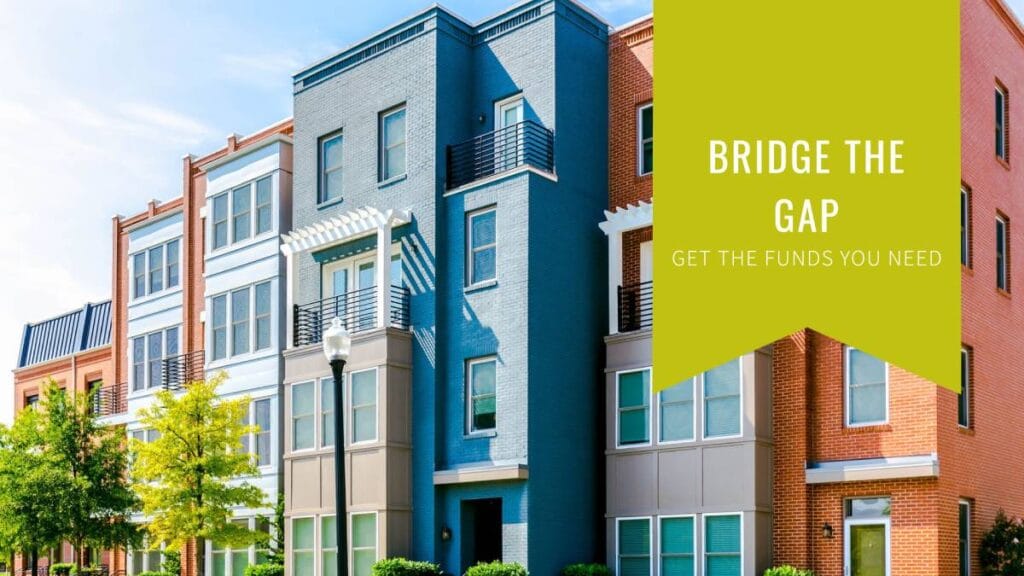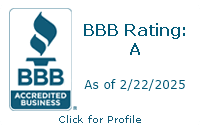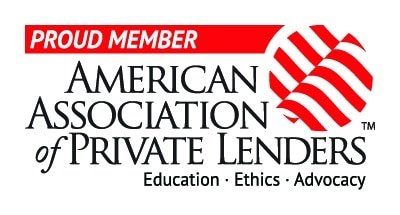Visualize this: You have found the perfect fixer a rough diamond with much promise. But your application for a standard mortgage is still being processed. You need the deal badly, so you get a bridge loan. This lifeline of short-term financing lets you close quickly, fix up the house, and then renew with a longer-term loan, making a lot of money. For many great real estate investors, this is the truth. It can be for you, too.
Bridge loans are short-term loans with high interest rates that cover the time between two bigger financial deals. When it comes to homes, they are often used to:
Quickly close on the house: When a regular mortgage takes too long to process.
Pay for renovations: To quickly improve a house and raise its value.
Consolidate your debt: When you combine several loans into one, it’s easier to pay them back.
An area where one property can be sold and another can be bought.
This blog post provides 10 tips for picking the best bridge loans for residential real estate investments. The goal is to get the best returns with the least risk.
What are Bridge Loans for Residential Real Estate?
Bridge loans cover the time between two bigger financial deals for residential real estate. Compared to standard mortgages, they offer some unique benefits when buying a home.
Differences from Traditional Mortgages
Term Loan: Bridge loans usually have much shorter terms than mortgages. The term loan normally offers for 15 to 30 years.
Interest Rates: Because bridge loans are only for a short time and are seen as riskier, their interest rates are usually higher than those on regular mortgages.
Conditions: Getting a bridge loan usually doesn’t require as many conditions as getting a mortgage. Lenders may care less about the borrower’s income or credit history and more about the property’s worth as collateral.
Common Uses in Residential Real Estate
Bridge loans can be helpful in the following situations involving private real estate:
When you buy a new home before selling your old one, you can wait to get your dream home without having to rush to sell your old one.
Funding repairs: Bridge loans can give you the money you need to quickly fix up a house, which can raise its value and selling value.
Consolidating debt: Bridge loans can make it easier to pay back multiple loans at once and lower the total interest cost.
Buying and selling properties simultaneously can be very helpful for investors who want to quickly turn the money they earn from selling one property into a new opportunity.
Benefits of Using Bridge Loans
Speed: Bridge loans are often processed and funded much more quickly than traditional mortgages, so you can take advantage of chances that only last a short time.
Flexibility: You can choose from a broader range of loan amounts and repayment terms, making them suitable for various financial strategies.
Access to Capital: Bridge loans can help you access capital that you might not be able to get through standard lending channels, such as if you need money quickly or have bad credit.
Although bridge loans have some benefits, you should carefully consider the costs and benefits before deciding whether they’re the best way to finance your real estate investment goals.
10 Tips for Choosing the Right Bridge Loans for Residential Real Estate
Tip 1: Define Your Needs and Goals
Before getting a bridge loan, you must clearly understand your wants and goals. This will help you pick the right loan and make wise choices.
Why do you need a bridge loan?
Do you need a way to go from selling your present home to buying a new one? Do you need money right away to make repairs that will raise the value of your home? Or do you want to combine several bills into one? Making your goal clear will help you find a loan and figure out how to pay it back.
How much money do you need?
Conduct thorough research
Value of the property: If you’re buying a house, get a correct assessment.
Costs of renovations: Have contractors give you thorough quotes for any repairs or improvements that need to be made.
Closing costs: Consider the closing costs for the buy and any possible refinancing.
Contingency fund: Include a buffer for unplanned costs in your budget at all times.
Factors to Consider
Timeline: If you need to sell your present home quickly, for example, you’ll need a loan that can be funded quickly.
What kind of property is it? The type of property (single-family house, multi-family unit, etc.) can affect the terms and availability of loans.
Your credit score: A good credit score can help you get better loan choices and lower interest rates, even though bridge loans usually don’t have strict credit requirements.
If you carefully outline your wants and goals, you’ll be better able to handle the bridge loan process and make decisions that support your investment goals.
Tip 2: Evaluate Your Credit Score and Debt-to-Income Ratio
Although bridge loans may not have as strict credit standards as mortgages, your credit score is still a significant part of the loan application process.
Creditworthiness
Lender’s Assessment
Bridge lenders carefully look at your credit past to determine how risky it is for them to lend you money. A lower risk means your credit score is better. It might help you get a better loan deal, like a lower interest rate.
Improving Your Credit Score
If you want to raise your credit score, do these things:
On-time bill payment: To build a good credit history, you must make payments on time and repeatedly.
Pay off your credit card balances: Lowering your credit utilization ratio., which is the percentage of your credit use compared to your credit limit., can significantly increase your credit score.
Report any mistakes: Check your credit records for errors and let the credit bureaus know about them.
Think about credit counseling. A credit counseling service can help you raise your credit score and manage your money better.
Debt-to-Income Ratio (DTI)
DTI Impact
Your DTI, or the gross monthly income you pay toward debt, is a big part of whether you can get a loan and how much you pay in interest. A lower DTI usually means that the borrower can repay the loan.
Improving Your DTI
Reduce existing debt: Pay off high-interest credit cards and other bills to lower your overall debt.
To earn more money, Look for ways to do so, such as getting a side job or a raise.
Consolidate debt: If you have a lot of debt, consider combining it into one loan with a lower interest rate.
By carefully examining your credit score and DTI and making necessary changes, you can improve your chances of getting a bridge loan with good terms.
Tip 3: Research Different Bridge Loan Products
Before completing the application, learning about the different kinds of bridge loans is essential. Knowing the differences between each type helps you choose the one that works best for you.
Common Types of Bridge Loans
Fixed-Rate Bridge Loans
The interest rate on these loans stays the same throughout the loan. This certainty can help borrowers who want to know exactly how much they will have to pay each month.
Pros: Monthly payments are predictable, and it’s easy to make a budget.
Cons: If interest rates go down during the loan period, they may be higher than on adjustable-rate loans.
Adjustable-Rate Bridge Loans
The interest rates on these loans change based on a specific market measure.
Pros: They have lower interest rates at first than fixed-rate loans, which saves you money if rates stay low.
Cons: Interest rates that change constantly can make planning harder and raise the risk of paying more if rates go up.
Hard Money Loans
These are usually short-term loans backed by real estate. Though they are quick and easy to use, they typically charge higher fees and interest.
Pros: Quick funding and fewer strict standards for eligibility.
Cons: Fees and interest rates are higher, and there is a chance of more danger.
Choosing the Right Loan
What kind of bridge loan is best for you will depend on your situation, your financial goals, and how much risk you are willing to take. Take these things into account:
How much money you have: Check to see how well you can handle changes in interest rates.
When you plan to invest: A fixed-rate loan might be better if you pay back the loan quickly. If you think the time frame will be longer, an adjustable-rate loan might be better for you.
How much risk are you willing to take? An adjustable-rate loan might be a good choice if you don’t mind the idea of your interest rate going up. A fixed-rate loan might be better if you like security and knowing what will happen.
If you carefully examine the different types of bridge loans and understand their pros and cons, you can make an investment choice that fits your strategy.
Tip 4: Shop Around and Compare Rates from Multiple Lenders
It’s like shopping around for a car: don’t take the first offer you get; compare prices from different shops first. To get the best deal, you need to shop around and compare rates from other lenders.
Why is it important to compare rates?
Changes in interest rates: Interest rates can be very different from one loan to the next, even for people with good credit. You can save a lot of money on interest over the life of the loan if you compare rates.
Lenders charge different fees, such as origination, application, and handling fees. Comparing these fees can help you find lenders with lower total costs.
Loan terms and conditions: Different lenders may offer different loan terms, ways to repay the loan, and fees for paying it off early. If you compare these things, find a loan that fits your wants and financial goals.
Tips for finding reputable bridge lenders
Online resources: Use online tools and comparison websites showing rates from several lenders simultaneously.
Industry groups: You should ask groups in your field, like the National Association of Realtors or the American Bankers Association, for recommendations.
Connect with people in your area: Ask real estate agents, financial experts, or other investors for advice.
Check out reviews online: By reading reviews from other users, you can learn about lenders’ reputations and customer service.
By shopping around and comparing offers from different lenders, you can improve your chances of getting a bridge loan with good terms, low fees, and cheap rates.
Tip 5: Understand the Loan Terms
It’s essential to fully understand any loan deal’s terms and conditions before signing it. Pay close attention to these keywords:
Interest Rate
As we already talked about, interest rates can significantly affect how much it costs to borrow money.
Know the type of rate: Is it set, or can it change?
Find out about any possible changes to the interest rates.
Loan-to-Value (LTV) Ratio
This ratio shows how much the loan is compared to what the house is worth. If the LTV ratio is high, the interest rates or loan terms may be tighter.
Fees
Know all the prices that come with it, such as:
The lender charges an origination fee, a specific loan amount.
Application fees: A fee charged to work on your loan application.
Costs of closing: Fees that come with closing the loan, like legal fees, appraisal fees, and title insurance fees.
You have to pay fees if you pay off the loan early.
Repayment Term
Know when you have to pay back the cash.
How long do you have to pay back the loan?
Do I owe any extra money at the end of the term?
Consult with a Financial Advisor
It can be hard to understand the complicated terms of a bridge loan. Getting advice from a qualified financial expert can help you learn:
Advice from a professional: A financial adviser can help you understand what different loan terms mean and help you make wise choices.
Personalized help: They can determine your finances and tell you which loan choices work best.
Assistance with negotiations: They can help you get better terms from loans.
By carefully reading and understanding all the loan terms, you can ensure that the bridge loan fits your financial goals and reduces risks.
Tip 6: Factor in Closing Costs
The closing costs for bridge loans are usually higher than regular mortgages. Including these prices in your budget is essential because they can significantly affect how much you pay to borrow money overall.
Why are closing costs higher for bridge loans?
Higher risk: Lenders see Bridge loans as riskier because they are only short-term, and unexpected things could happen.
Administrative costs: Lenders often have to do more paperwork when processing bridge loans, which makes fees higher.
Typical Closing Costs Associated with Bridge Loans
Fees for getting the loan: These can be anywhere from 1% to 3% of the loan amount.
Some fees are charged to handle your loan application.
Appraisal fees are the costs of getting a place appraised.
Title insurance protects the lender against claims that could be made against the property’s title.
These are the fees that the county or state charges to record the loan papers.
Attorney fees are the costs of hiring a lawyer to help with the loan deal.
Estimating Closing Costs
Giving a precise estimate of closing costs is hard because they change based on many things, such as
Loan amount: Closing costs are usually higher for bigger loans.
Where the property is: Closing costs can change a lot depending on where the property is.
Rules for lenders: The fees charged by different lenders are different.
Obtaining detailed cost breakdowns from all lenders is essential for correctly comparing their offers and making an informed decision.
Carefully considering the closing costs can help you better understand the total cost of a bridge loan and make a more intelligent financial choice.
Tip 7: Have a Solid Exit Strategy
A clear exit plan is essential to any successful bridge loan strategy. In this plan, you explain how to repay the loan by the due date.
Why is an exit strategy important?
Reduces risk: Having a clear plan for getting out of the loan helps lower the risk of not paying it back, which can have significant financial effects.
Shows financial responsibility: Lenders tend to be more willing to lend money to people with straightforward plans to repay their loans.
It gives you a plan for success. A clear strategy can help you stay on track with your financial goals and decide what to do next.
Common Exit Strategies
Selling your current home: If you’re using a bridge loan to cover the time between selling your current home and buying a new one, make sure you have a reasonable time frame for selling it. Consider the state of the market and the interest of possible buyers.
Getting a fixed mortgage instead of a bridge loan: Once the repairs are done or your investment goals are met, you can turn the bridge loan into a longer-term, more affordable mortgage. This approach is often used when buying or fixing up a house.
Selling the property: If you’re using a bridge loan to buy a house and fix it up so you can sell it later, your exit plan will be to sell it for a profit.
Developing Your Exit Strategy
Just be honest: Your exit plan should be based on facts about the market, the value of the property, and your ability to pay back the loan.
Think about possible problems: Prepare for issues that arise, such as rising interest rates or the longer-than-expected sale of your house.
Make an emergency plan: If your first exit strategy fails, prepare a second plan.
By carefully planning and implementing a strong exit strategy, you can improve your chances of repaying your bridge loan and reaching your investment goals.
Tip 8: Consider the Potential Risks
Even though bridge loans are quick and flexible, it’s essential to be aware of the risks:
Rising Interest Rates: If you choose an adjustable-rate bridge loan and interest rates go up significantly, your monthly payments could increase, straining your budget.
Trouble Selling Your Current Home: If you need to sell your current home to pay back the bridge loan, delays in the sale process can cause financial problems. If the market is slow or the property has unexpected issues, you might not be able to sell within the loan time.
Drop in Property Value: If the property you’re buying or fixing up loses value, you might not be able to sell it for enough to pay back the loan, which could result in a loss of money.
Unexpected Expenses: Unexpected costs during repairs or other unplanned events can quickly drain your available funds, making it challenging to repay the loan on time.
Mitigating the Risks
Pick a loan with a fixed rate. If you’re worried about interest rates going up, choose a bridge loan with a set rate to lock in your rate.
Set a fair price for your home: A reasonable price will attract buyers and ensure your home sells quickly.
Thorough inspections of properties: Conduct thorough inspections to find problems that could lower their worth or require expensive repairs before buying a home.
Plan for what could go wrong: Add an extra amount to your budget if unexpected costs arise during repairs or other unplanned events.
Be careful with your money. To have enough money to repay your bridge loan, pay it back on time and cut back on unnecessary spending.
Talk to an expert in money matters: A financial adviser can help you determine how much risk you are willing to take and develop ways to lower those risks.
By carefully considering the risks and taking steps to reduce them, you can improve your chances of a successful bridge loan experience.
Tip 9: Don’t Borrow More Than You Can Afford
One of the most important things to do when getting a bridge loan is only to borrow what you can quickly repay within the loan period. If you borrow too much, you could end up in debt, hurting your credit score.
Calculating Your Affordability
Make a Detailed Budget: Write down your monthly income and spending in a detailed budget. This will give you a better idea of your financial situation and help you find places to save money.
Consider the cost of interest: Calculate the interest you will pay each month based on the loan amount, interest rate, and loan term. This will help you better understand your monthly debt payments.
Consider the worst-case scenarios: It’s always a good idea to consider the worst, such as rising interest rates or unexpected costs. This will help you ensure you have enough cushion to deal with unforeseen problems.
Talk to a Financial Advisor: A financial planner can help you determine how much you can afford and how to pay it back.
Instead of taking out too much debt, borrowing less than you need is better. You can improve your chances of getting a bridge loan by carefully figuring out how much you can afford and sticking to a sensible borrowing plan.
Tip 10: Work with a Reputable Bridge Loan Lender
Choosing the right lender is very important for a good bridge loan. Working with a company you can trust can make the process much easier, from getting the loan to paying it back.
Why is choosing a reputable lender important?
Expertise: Bridge loans have challenges and opportunities, and lenders who have successfully financed private real estate know what those are.
Clear Communication: Reputable lenders keep the lines of communication open and transparent throughout the loan process so you always know what’s going on.
Rates and Terms That Compete: Reliable lenders usually offer competitive loan terms and interest rates.
Excellent Customer Service: A trusted dealer will provide exceptional customer service by quickly and correctly answering your questions and handling your problems.
Identifying Reputable Bridge Loan Lenders
Reviews on the web: Research loans and read reviews from other borrowers to get an idea of how well they treat customers and how much experience they have in general.
Certificates from the Right Businesses: Look for lenders with certificates and memberships from the right businesses. The Better Business Bureau has approved lenders who are members of business groups.
Referrals: People you know who have used bridge loans, like real estate agents, financial advisors, or other investors, can help you find loans.
Talk to possible lenders: Before making a choice, discuss your needs with potential lenders and ask about their loan products, fees, and customer service.
You carefully pick a Bridge Loan Company with a Good Name. Afterward, you can raise your chances of a quick and easy loan process.
Getting along well with your lender when getting a loan is essential. You should choose a service company that you can trust, and that is easy to talk to.
You’ll have a better chance of getting a bridge loan that helps you reach your real estate business goals if you follow these 10 tips.
Conclusion
Excellent work! Now you know 10 essential things you need to know about bridge loans for residential real estate investment. Don’t forget these important points:
Write down your goals and wants. Make sure you know why you need a bridge loan and how much you need.
Check your credit score and the amount of debt you have compared to your pay. A good credit score and a low DTI ratio can make it much easier to get a loan.
Look into the different types of bridge loans. Fix-rate, ARM, and hard money loans have pros and cons.
Compare rates from different companies as you shop around. Don’t take the first deal that comes your way.
Know the terms of the loan. Pay close attention to the fees, interest rates, loan-to-value ratio, and repayment terms.
Think about the closing costs. The closing costs for bridge loans are usually higher than regular mortgages.
Have a good plan for how to leave. Make it clear how you will repay the loan by the due date.
Think about the possible risks. Possible problems include higher interest rates, trouble selling your home, and decreased value.
Do not take out a loan that you can not pay back. Also, make sure that your monthly bills don’t exceed your budget.
Work with a bridge loan company you can trust. Choose a lender with extensive knowledge and a good track record of lending money for homes.
If used wisely, bridge loans can be an intense way to get into residential real estate deals. You can use bridge loans to reach your business goals if you follow these tips and carefully consider your choices.
Are you ready to move on? Get in touch with someone at ResidentialLender.Net right away to talk about your bridge loan needs for free. Our skilled staff can walk you through the process and help you find the best loan option for your needs.
FAQs
Can I use a bridge loan to purchase an investment property?
You can use a bridge loan to buy business properties like vacation homes or homes to rent out. However, the exact terms and conditions may differ for each lender and each type of rental property.
Can I use a bridge loan for a primary residence?
Bridge loans are usually used for investment properties or to cover the time between home sales. Still, they can also be used for primary residences in certain situations, like when a short sale is threatened or urgent repairs are needed.
What happens if I can’t repay the bridge loan on time?
Your credit score could decrease if you can’t repay the bridge loan on time. You may also have to pay late payment fees. In some situations, the company may start the foreclosure process. It’s essential to have a sound plan for paying back the loan and a backup plan in case something goes wrong.
Are there any tax implications for using a bridge loan?
Discuss the tax effects of taking out a bridge loan by talking to a tax expert. Some bridge loans may let you reduce the interest you pay on your taxes, but each loan’s rules can differ.
How can I improve my chances of getting approved for a bridge loan?
Keep your credit past in good shape to improve your chances of getting a bridge loan.
Keep your ratio of debt to pay low.
Have a good plan for how to leave.
Give complete and accurate documentation.
Use a loan with a good reputation and a lot of experience.








